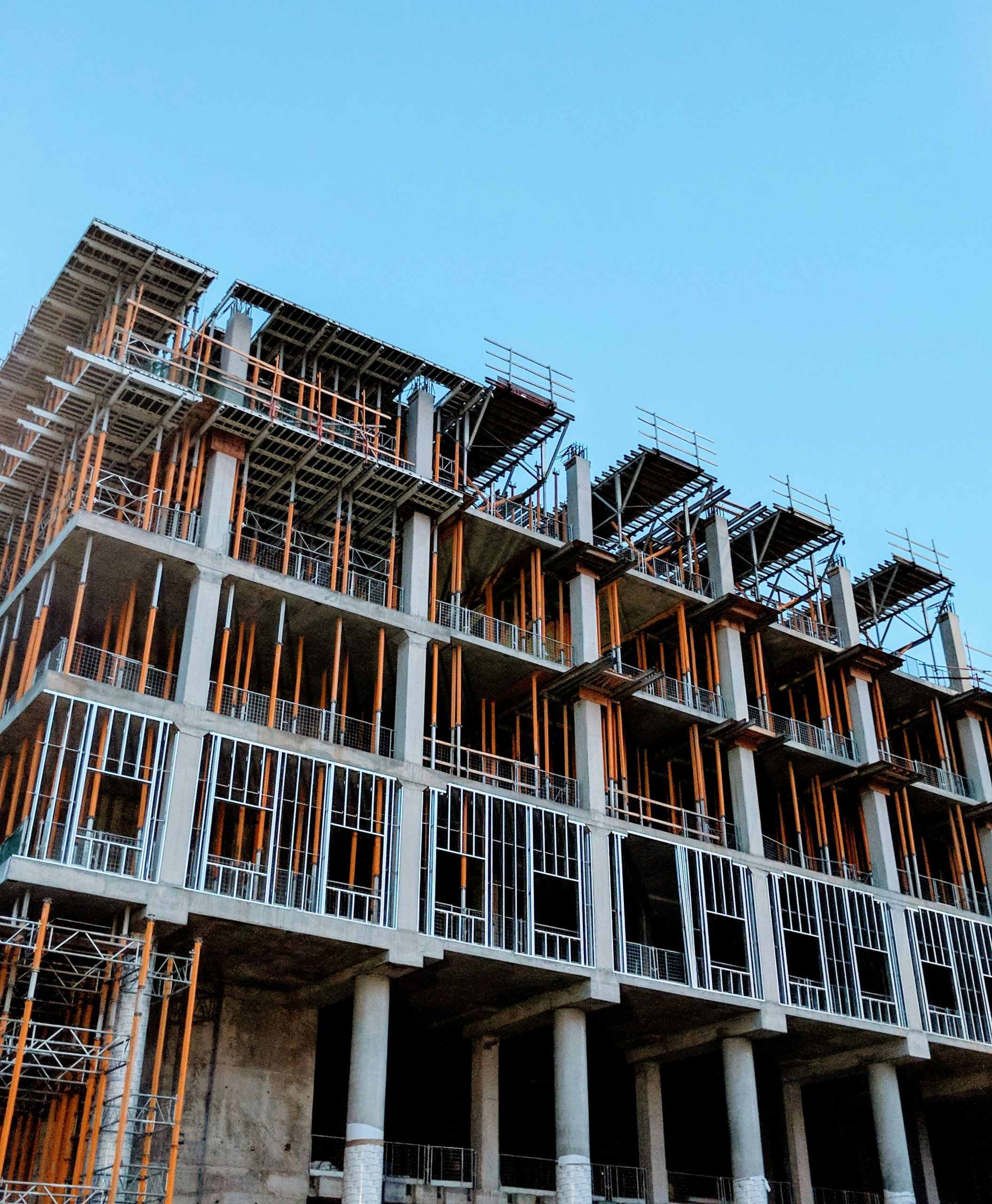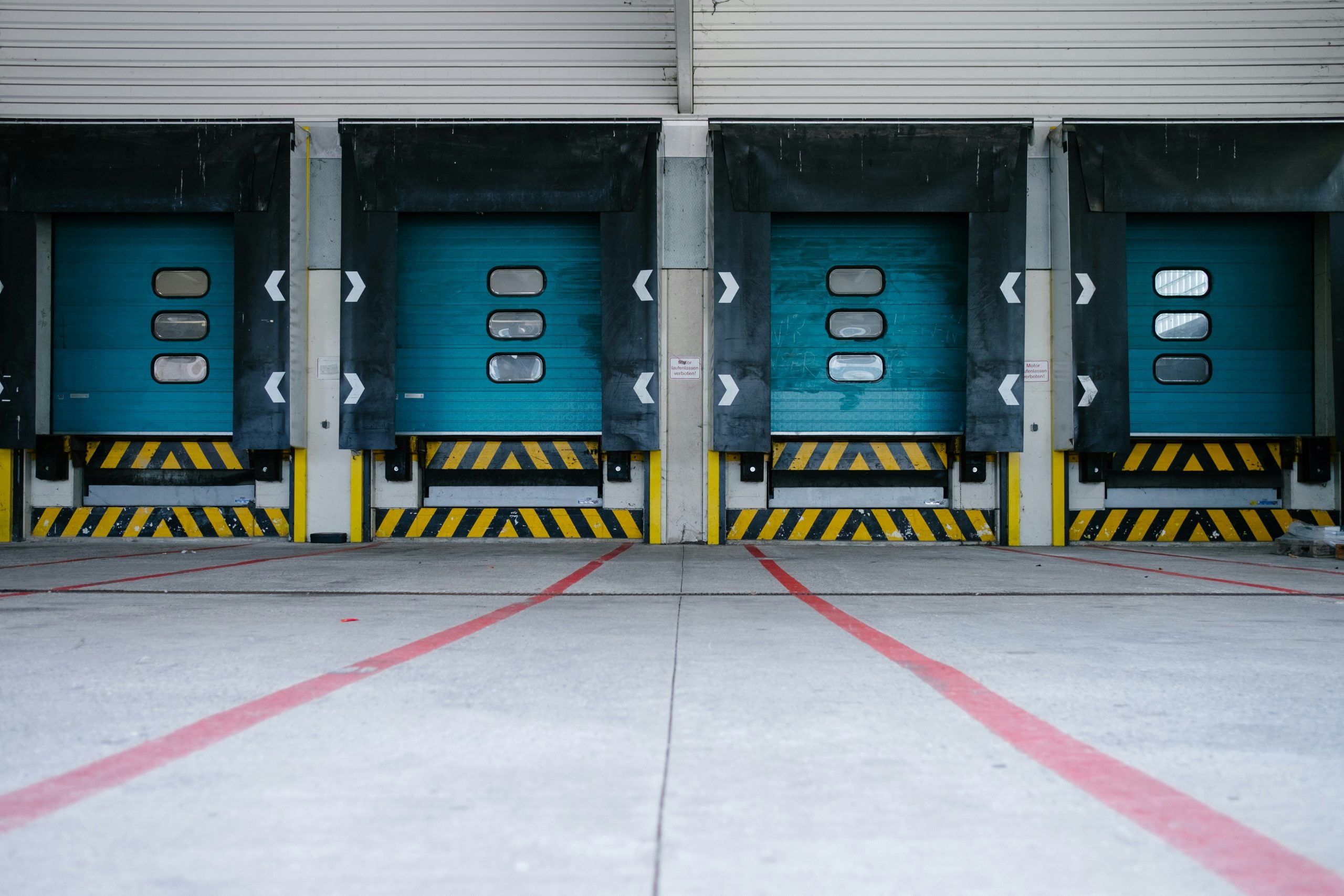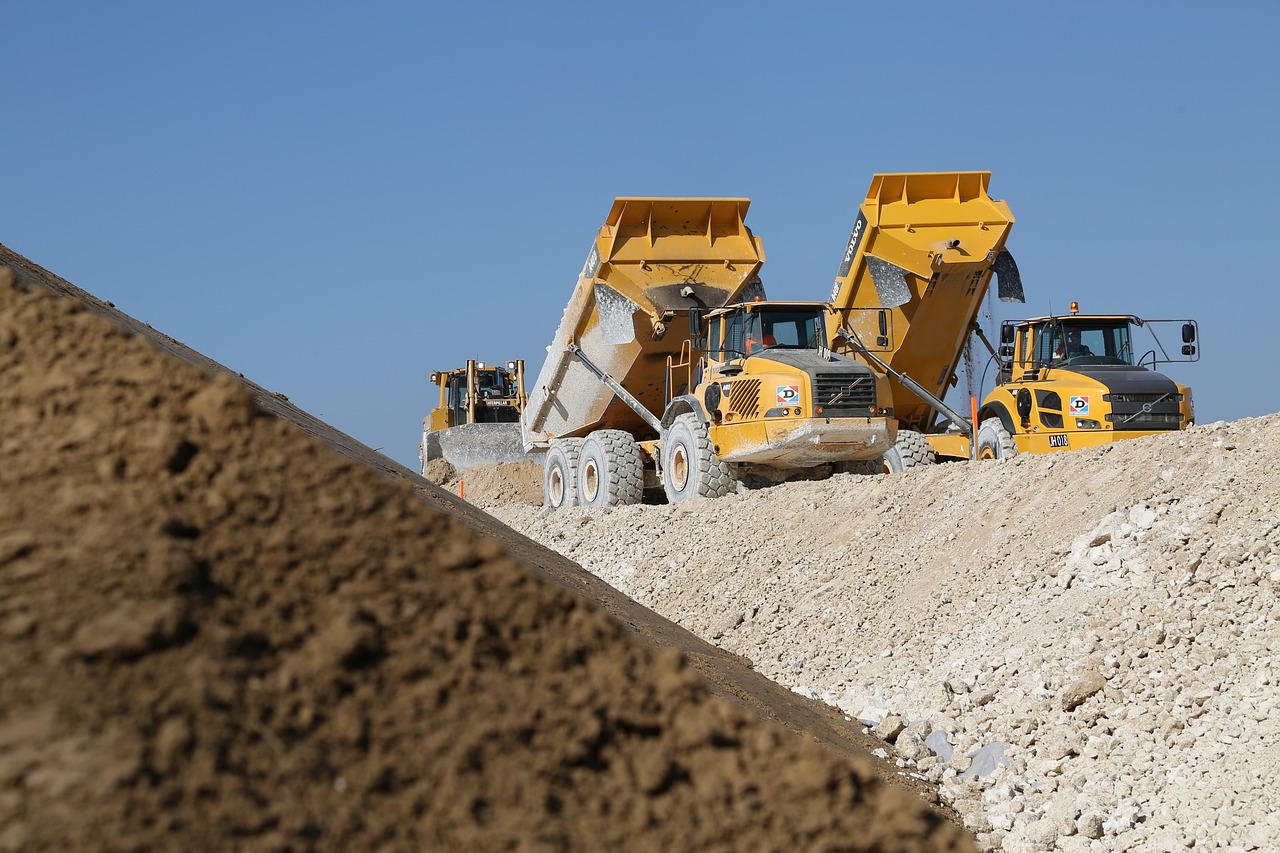Challenges with Logistics in construction projects during winter conditions
Construction projects are always a logistical challenge, but when winter conditions are added, the complexity increases significantly.
Cold temperatures, snow and ice can disrupt workflow and create dangerous conditions on construction sites.
This article examines the specific challenges of logistics in construction projects under winter conditions and offers strategies to address them.
Weather-related delays and deterioration of the working environment
Winter weather is often unpredictable and can change quickly, causing delays in both deliveries and construction activities.
Snowstorms and ice can make roads impassable, preventing trucks from reaching the work site in time.
This can lead to materials not being available when they are needed, delaying the project.
To address these challenges, careful planning is crucial.
Including a time buffer in the project plan for weather-related delays and using weather forecasts to schedule deliveries can reduce the risk of delays.
It is also beneficial to have alternative delivery routes and storage locations available to deal quickly with unexpected weather-related delays.
Cold temperatures and icy conditions can make the workplace more dangerous for workers, with risks such as slipping, hypothermia and frostbite that need to be taken seriously.
To manage these risks, it is important to use safety equipment such as anti-slip footwear and warm workwear.
Regular breaks in heated areas also help to keep workers safe and productive.
Furthermore, the workplace should be kept as free as possible from snow and ice by regularly clearing snow and sanding walkways and work surfaces.
Material handling and storage
Cold temperatures can negatively affect materials such as concrete, glue and some building materials.
Water can freeze and damage materials, while some chemicals can lose their properties in extreme cold.
To protect materials, it is important to use heated storage areas or insulated containers that keep temperatures under control.
It is also crucial to follow the manufacturer’s recommendations for storing and using materials at low temperatures.
By taking these steps, you can ensure that the quality of the materials is maintained and that the construction project proceeds smoothly despite the cold weather.
Transport, Equipment and Communication
Cold temperatures can negatively affect both vehicles and construction equipment.
Diesel can thicken, batteries can lose charge faster and hydraulic fluids can become sluggish, affecting the performance of machines.
To counteract these effects, regular maintenance and the use of winterized lubricants and fuels are important.
Having spare parts and extra fuel on hand can also help to quickly fix any problems.
Communication is a key factor in construction projects, and winter conditions can make it even more important.
Changing weather conditions can require quick decisions and re-planning.
Using digital communication tools can improve the flow of information between teams on site and management.
Regular meetings and updates, both in person and digitally, help ensure that everyone is aware of the current conditions and plans.
Waste management
During the winter months, snow and ice can cover construction waste, making both handling and transportation difficult.
This can result in a messy and potentially dangerous workplace, where waste is difficult to remove and where it can lead to accidents and inefficiencies.
To effectively address these challenges, it is important to implement regular snow removal to keep the work area free of snow and ice.
A careful organization of waste areas is also crucial to ensure that waste is easy to handle and transport.
Using covered or heated waste containers can further help prevent waste from freezing, making it easier to collect and transport.
Maintaining these strategies can help keep the workplace clean, safe and efficient even in difficult winter conditions.
Conclusion
The logistics of construction projects in winter conditions pose many challenges, but with careful planning and the right strategies, these challenges can be overcome.
By preparing for weather-related delays, improving working conditions, protecting materials, maintaining equipment, ensuring effective communication and properly managing waste, construction contractors can minimize the impact of winter conditions on their projects.
By being proactive and adaptable, construction companies can continue to work efficiently and safely, even when temperatures drop.
Thank you for taking the time to read about the challenges faced by construction logistics in winter conditions.
We hope that the article has provided you with valuable insights and strategies to manage these complex situations effectively.






